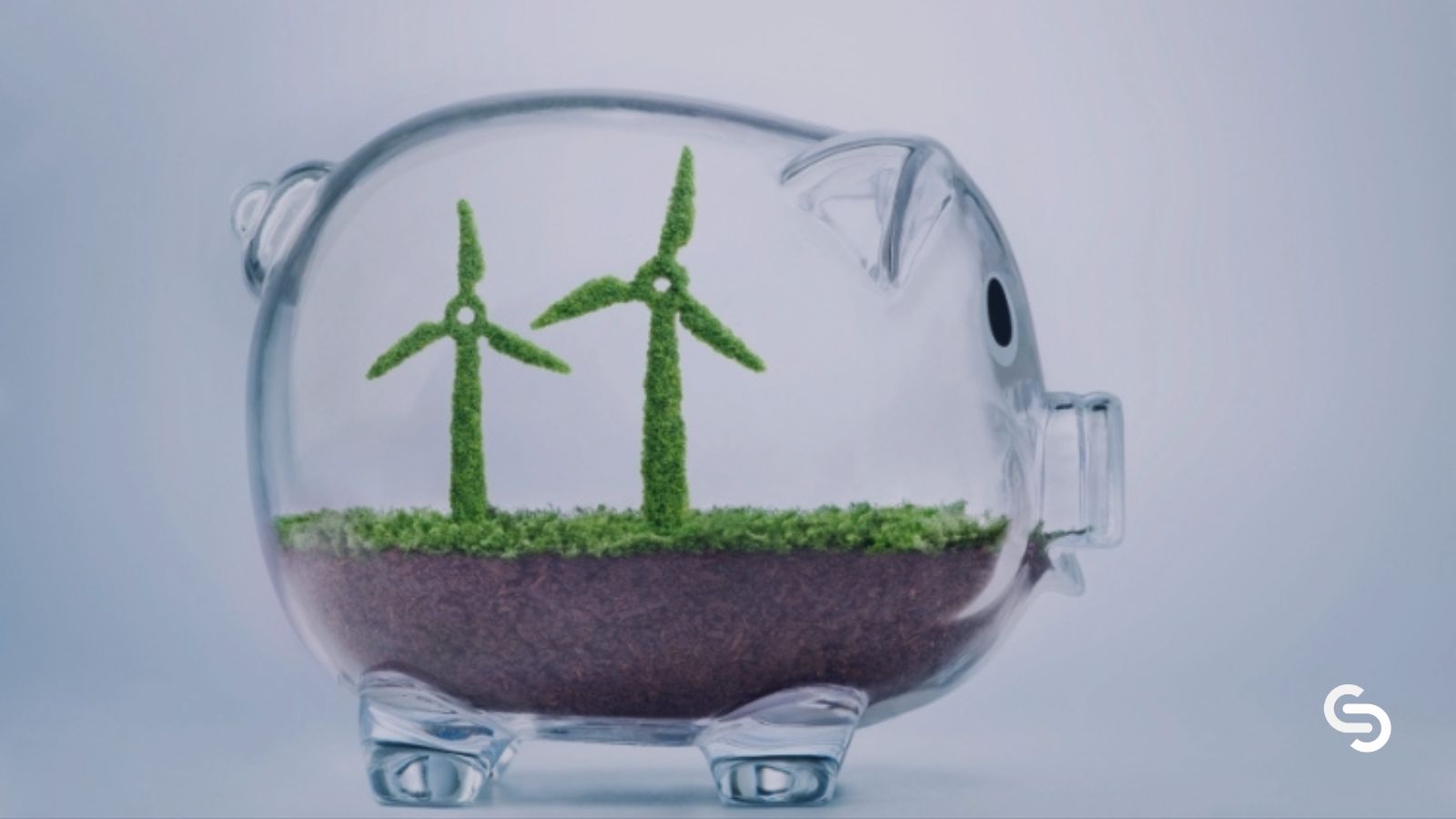As with legendary Indian spin bowler Anil Kumble, Prime Minister Modi kept his delivery plans for the country’s 2030 climate target disguised to the last second – but here it is. The headline goal is to cut emissions intensity of its GDP by 45% by 2030, compared to 33%–35% in its first plan. The plan also targets 50% non-fossil fuel power capacity (not a huge hike as it’s currently 40%). It also makes clear that “India will require its due share [of] climate finance through international financial resources.”
The last Climate Action Tracker (CAT) assessment rated India’s plans “critically insufficient” – so let’s see what it makes of the country’s latest effort. First takes from analysts seem to confirm the view that Modi is playing it safe, having committed to a 2070 net-zero target in 2021. Veteran climate journalist Nitin Sethi says it’s a realistic target, while others point to the lack of any sector-specific emission reductions or mention of the 500GW clean power goal Modi referenced last year.
Egypt’s new climate plan is also in, with quantified emissions reduction goals for the electricity generation (33% by 2030), transport (7% by 2030) and oil and gas sectors (65% by 2030) plus a goal of 42% renewables in the power mix by 2035. That said, it’s conditional on a whopping $246bn finance, citing a $145.5bn debt load. The plan could actually see overall emissions double by 2030.
Climate Finance Deficit
Speaking of climate finance, major developed economies are still $17bn short of the $100bn climate finance target, according to the OECD. The data is pretty depressing. Rich nations coughed up for Covid-19 but their purse strings are tight on climate. As NDRC’s Joe Thwaites observes, private finance has stalled and debt-laden countries are being offered more loans. Make no mistake, the $17bn gap will pollute talks ahead of COP27.
That’s how much new climate finance was pledged at the German-hosted Petersberg Climate Dialogue, the annual meeting of 40+ envoys aimed at crafting a COP plan. “Climate finance remained a core issue,” tweeted Berlin’s chief climate diplomat Jennifer Morgan. COP27 chief Sameh Shoukry is worried, making the case for “no backsliding” in Sharm and warning of “distractions” derailing talks.
Egypt is keen to up the ante at COP27, announcing a ‘World leaders Summit‘ on 7-8 November, raising the (unlikely) prospect of Putin, Biden, Scholz and Xi mingling along the shores of the Red Sea.
In brief
-Amazon ‘on fire‘ as deforestation accelerates pre election
-World Bank starts release of new national climate assessments
-Military experts warn drought to raise Balkan tensions
-UK concern over climate soars post heatwave
-UK heatwave “impossible” without climate change
–IMF: Average carbon prices must rise from $6 to $75 by 2030
-Chile’s proposed climate-friendly constitution edges towards vote
-White House advisor warns of LGBT+ risks ahead of COP27
–Analysis: Italy heads towards first ‘climate elections’
-Pre-COP host DRC plans huge oil, gas exploration auction
–Economist: State oil giants will make or break green transition
In the meantime, all eyes will turn to the UNGA next month and the September 23 cut-off set by the UN’s climate body for countries to land a new set of climate pledges in line with 1.5C. Mexico, Indonesia, Argentina and Turkey appear next in line. Brazil – should Lula defeat Bolsonaro – may also submit a better plan, say political analysts in Brasilia.
Record Profits
Meanwhile, big oil is raking it in. BP, Chevron, Exxon, Total and Shell reported combined record profits of $59bn in Q2 2022. Earlier this year, UN boss Guterres warned big oil had “humanity by the throat“. Exxon’s profits are up 281% and Chevron’s 277% as the global oil squeeze sends prices rocketing, hitting consumers in the pocket and smashing fragile economies like Sri Lanka. The OPEC+ meeting this week provided limited relief, with an extra 100,000 barrels a day offered.
BP is – arguably – the most bullish on low carbon chat of the big five, so how much of its riches is it directing to clean energy? Emily Gosden at The Times did the maths: $3.5 billion on buying back its own shares this quarter; $2.5 billion on low carbon energy globally over the entire year; and just $361 million on low carbon energy in the first half of 2022. And it’s not alone – Shell plans to spend more on marketing in the next few years than on clean energy. The mismatch between the words and actions of the oil majors seems as wide as ever.





